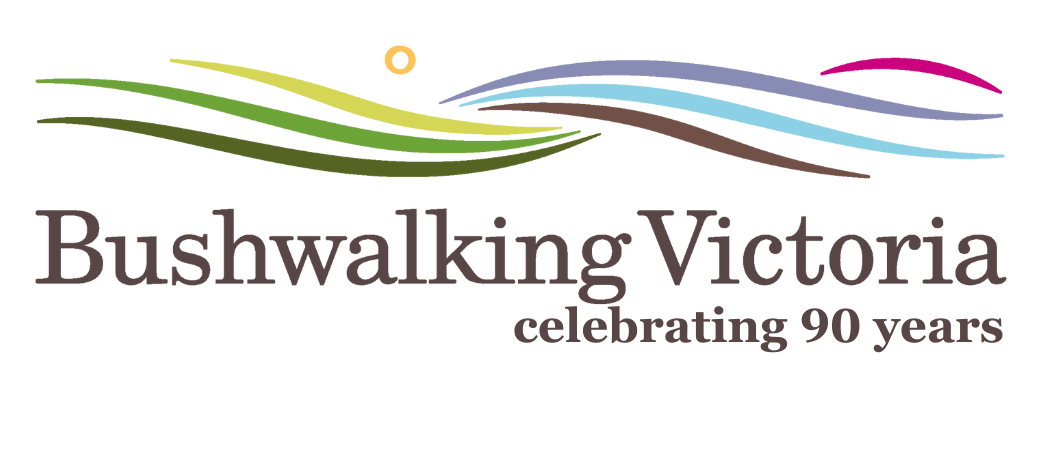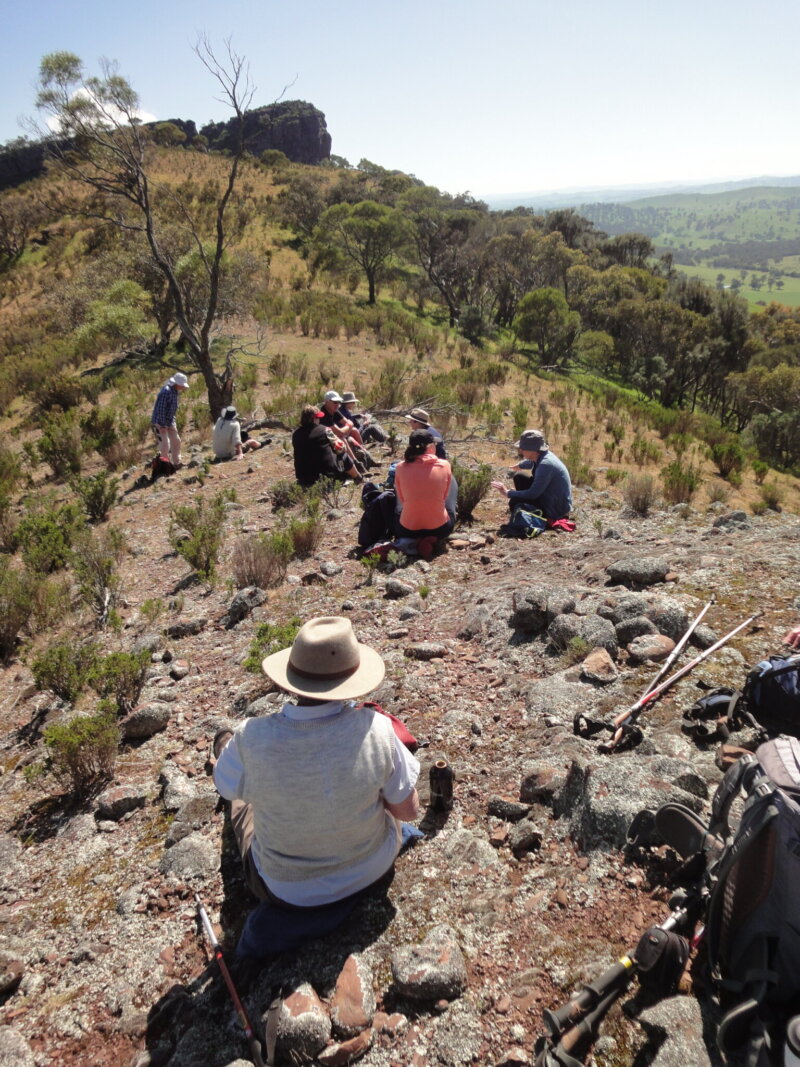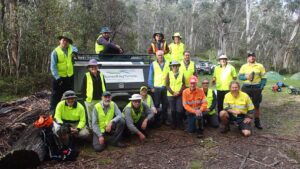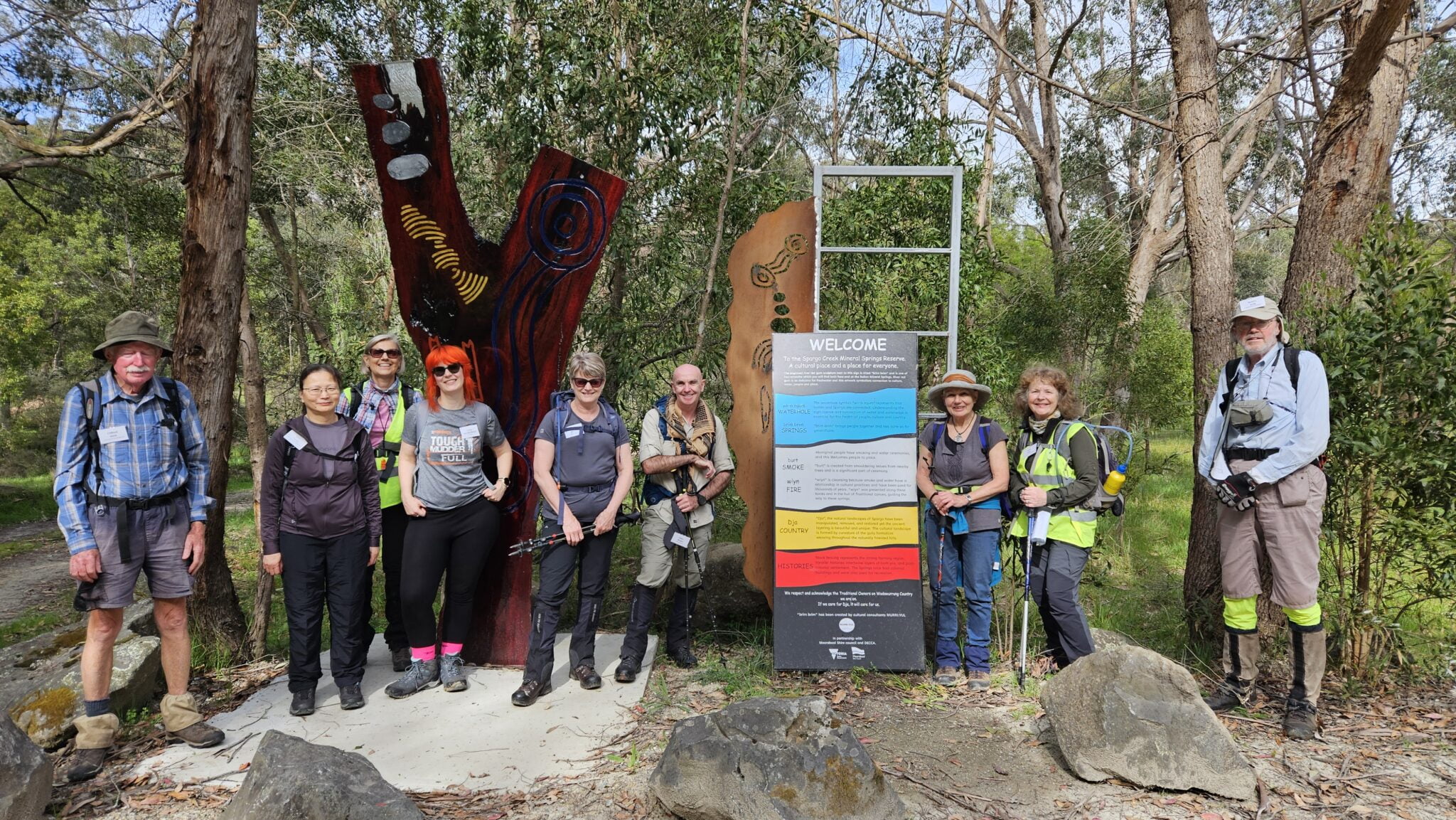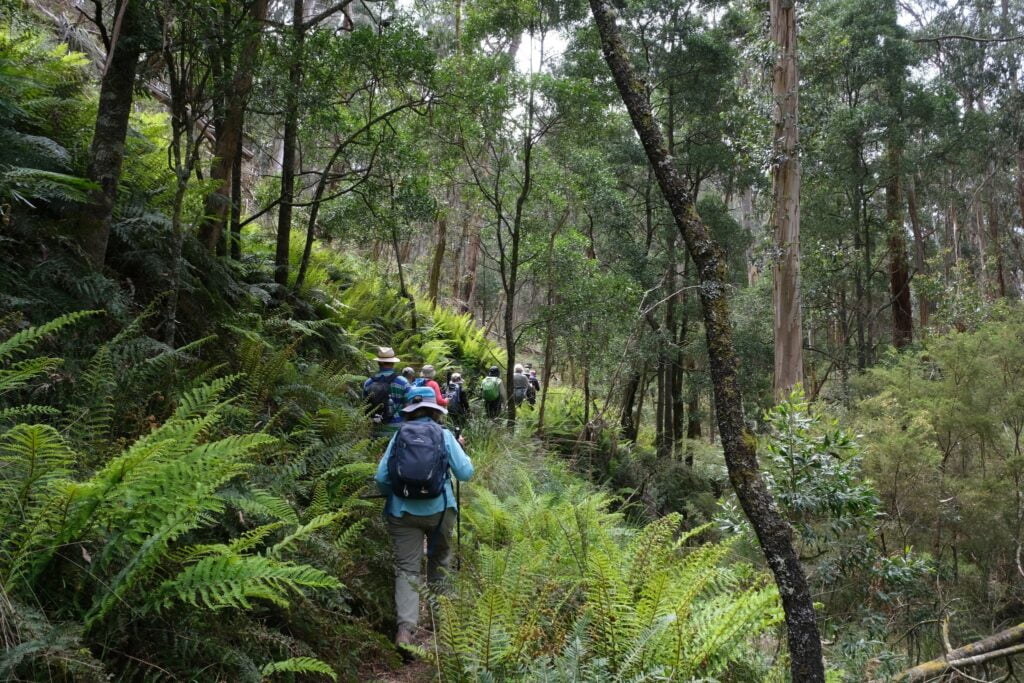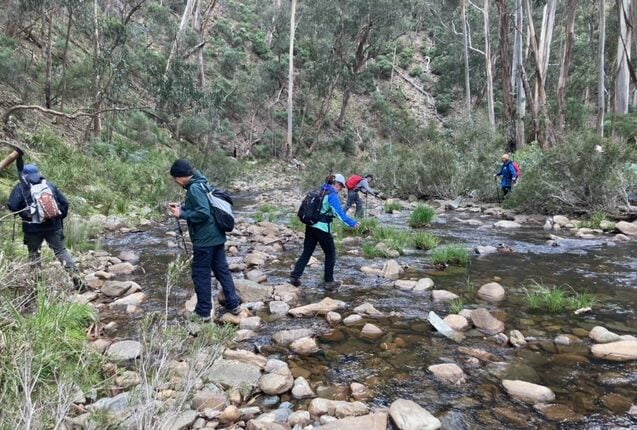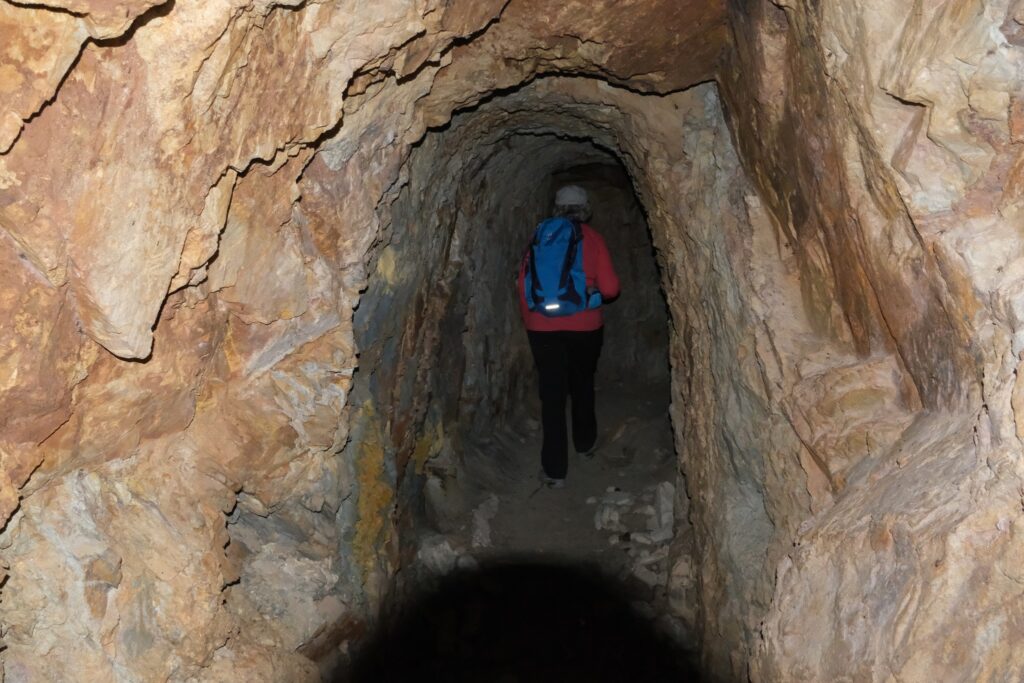
 Bushwalking is a wonderful way to connect with nature, enjoy fresh air, and get some exercise. However, uneven terrain, unpredictable weather, natural obstacles and loss of concentration can pose risks of slips, trips, and falls. Here are our ten top tips to make sure you have a safe and enjoyable walk.
Bushwalking is a wonderful way to connect with nature, enjoy fresh air, and get some exercise. However, uneven terrain, unpredictable weather, natural obstacles and loss of concentration can pose risks of slips, trips, and falls. Here are our ten top tips to make sure you have a safe and enjoyable walk.
1. Wear Appropriate Footwear
Invest in high-quality hiking boots or shoes that provide good ankle support and have a non-slip sole. Proper footwear can significantly reduce the risk of slipping on wet or uneven surfaces and provide better traction and stability.
2. Check the Weather Forecast
Before heading out, always check the weather forecast. Wet and rainy conditions can make some trails slippery and more challenging to navigate. And don’t forget if you are wearing a hood on your raincoat, you can lose some of your peripheral vision. If the weather looks unfavorable, consider rescheduling your walk for a safer day.
3. Stay on Marked Tracks
Stick to marked and maintained tracks. Venturing off the beaten path increases your risk of encountering loose rocks, uneven ground, ankle breaking holes and other hazards. Track markers are there for a reason-they guide you along the safest and most manageable route.
4. Use Trekking Poles
Trekking poles are not just for older walkers, those with injuries or nordic walkers, they can provide additional stability and support for everyone, especially on steep or uneven terrain. They help distribute your weight more evenly, reduce strain on your knees, and can catch you if you stumble.
5. Pack Light and Right
Carry only the essentials to avoid being weighed down by a heavy backpack. A lighter load makes it easier to maintain your balance. Ensure your pack is properly fitted and secured to prevent it from shifting and throwing you off balance.
6. Watch Your Step
Pay close attention to where you’re walking. Avoid distractions such as using your phone or taking in the scenery while moving. Scan the ground ahead for obstacles like roots, rocks, and holes, and plan your steps accordingly.
7. Maintain a Steady Pace
Avoid rushing, especially on tricky sections of the trail. Maintain a steady, controlled pace and take shorter steps on uneven ground. If you need to pick up speed, do so only on stable terrain.
8. Be Aware of Your Surroundings
Stay alert to your surroundings and potential hazards. Listen for the sounds of wildlife or other bushwalkers, and be mindful of changing conditions underfoot, such as wet leaves, loose gravel, or mud. And watch out for wet tree roots!
9. Take Regular Breaks
Fatigue can impair your judgment and coordination. Take regular breaks to rest, hydrate, and refuel with snacks. Keeping your energy levels up will help you stay alert and focused on the trail.
10. Hike with a Buddy
Whenever possible, bushwalk with a friend or in a group. Having someone with you can be invaluable in case of an emergency, and companions can help each other navigate tricky sections of the trail safely.
Happy trails!
